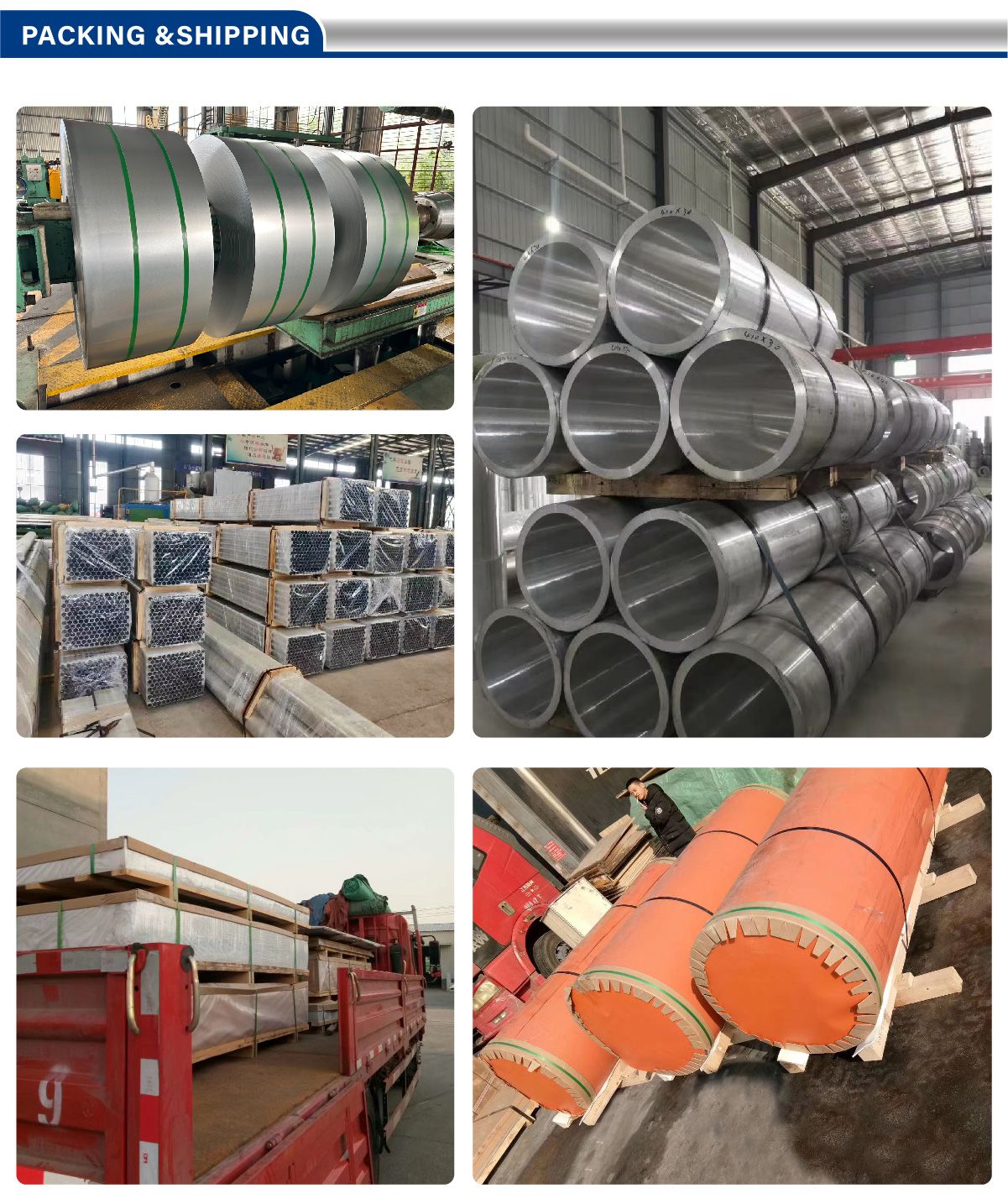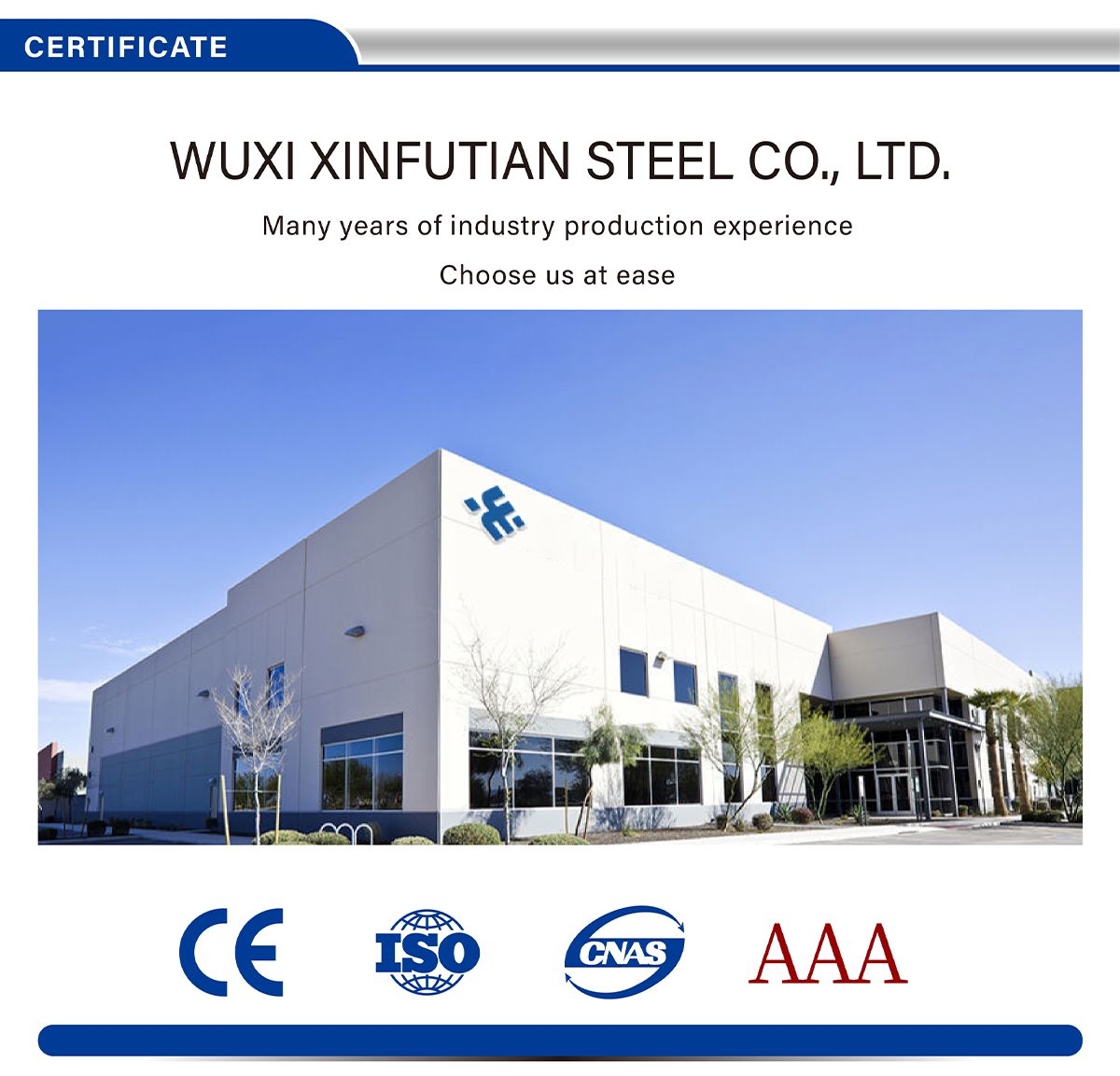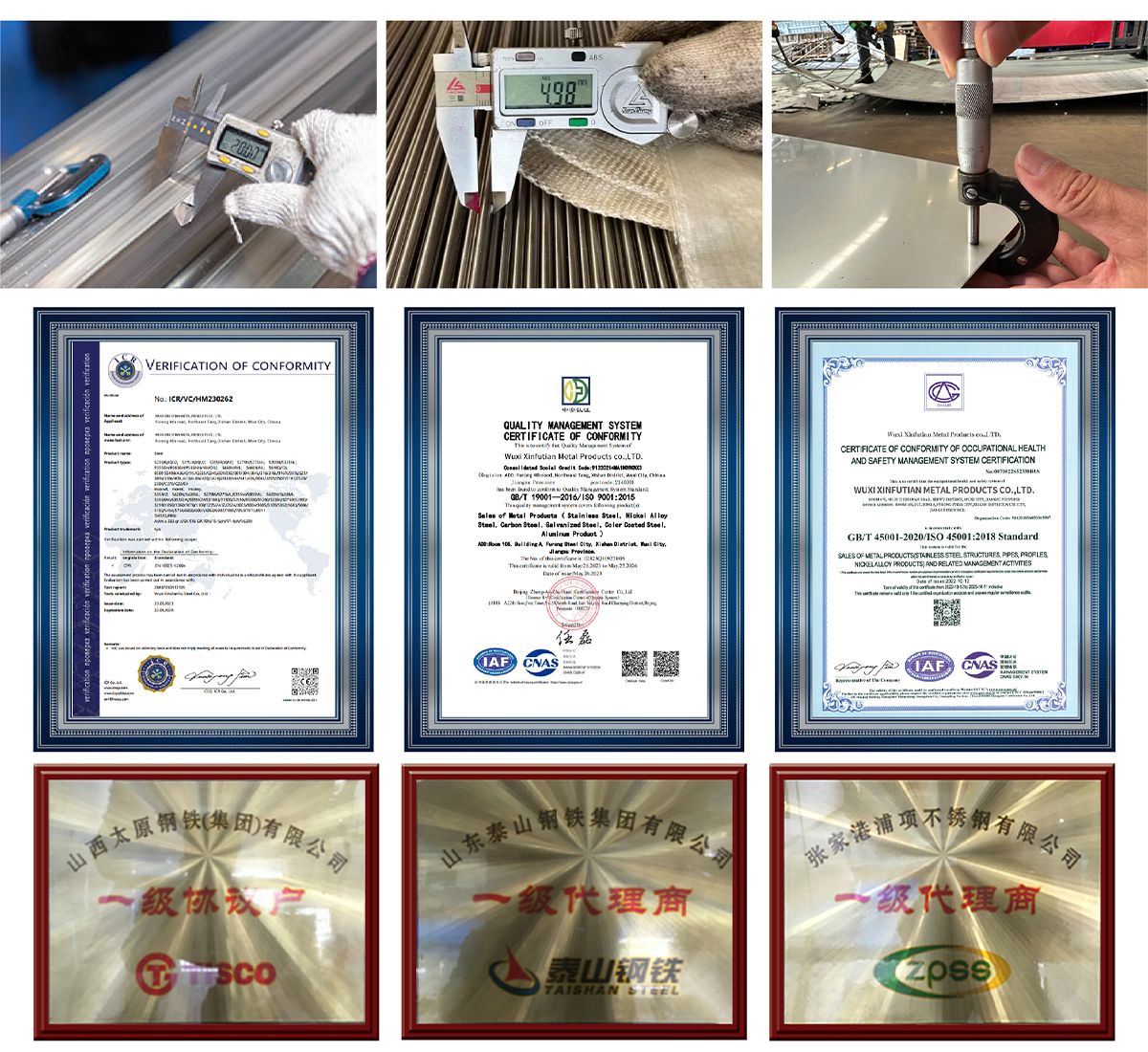3003 aluminium alloy plate
3003 aluminum alloy is AL-Mn series alloy, which is the most widely used anti-rust aluminum. The strength of this alloy is not high (slightly higher than industrial pure aluminum) and cannot be streng
3003 aluminum alloy is AL-Mn series alloy, which is the most widely used anti-rust aluminum. The strength of this alloy is not high (slightly higher than industrial pure aluminum) and cannot be streng
3003 aluminum alloy is AL-Mn series alloy, which is the most widely used anti-rust aluminum. The strength of this alloy is not high (slightly higher than industrial pure aluminum) and cannot be strengthened by heat treatment, so cold working methods are used to improve its mechanics. Performance: High plasticity in the annealed state, good plasticity during semi-cold work hardening, low plasticity during cold work hardening, good corrosion resistance, good weldability, and poor machinability. Uses are mainly used for low-load parts that require high plasticity and good weldability, working in liquid or gaseous media, such as fuel tanks, gasoline or lubricating oil pipes, various liquid containers and other small-load parts made by deep drawing. Wire is used to make rivets.
3003 aluminium alloy is an alloy in the wrought aluminium-manganese family (3000 series). It can be cold worked (but not, unlike some other types of aluminium alloys, heat-treated) to produce tempers with a higher strength but a lower ductility. Like most other aluminium-manganese alloys, 3003 is a general-purpose alloy with moderate strength, good workability, and good corrosion resistance. It is commonly rolled and extruded, but typically not forged. As a wrought alloy, it is not used in casting. It is also commonly used in sheet metal applications such as gutters, downspouts, roofing, and siding.
Alternate designations include 3.0517 and A93003. 3003 aluminium and its various tempers are covered by the ISO standard 6361 and the ASTM standards B209. B210. B211. B221. B483. B491. and B547.
Chemical Composition:
| Chemical Element | Weight% |
|---|---|
| Silicon | 0.6 |
| Iron | 0.7 |
| Copper | 0.05-0.20 |
| Manganese | 1.0-1.5 |
| Zinc | 0.10 |
| Aluminum | balance |
| Other Elements (each) | 0.05 |
| Other Elements (total) | 0.15 |
Mechanical Properties:
| Thickness (inch) |
Yield Strength Min. (ksi) |
Tensile Strength (ksi) | Elongation (%) | Bend Diameter Factor,N |
|
|---|---|---|---|---|---|
| Min. | Max. | Min. | |||
| 0.006 – 0.019 | 5 | 14 | 19 | 14 | 0 |
| 0.008 – 0.012 | 5 | 14 | 19 | 18 | 0 |
| 0.013 – 0.031 | 5 | 14 | 19 | 20 | 0 |
| 0.032 – 0.050 | 5 | 14 | 19 | 23 | 0 |
| 0.051 – 0.249 | 5 | 14 | 19 | 25 | 0 |
| 0.250 – 3.00 | 5 | 14 | 19 | 23 | - |
| 0.017 – 0.019 | 12 | 17 | 23 | 3 | 0 |
| 0.020 – 0.031 | 12 | 17 | 23 | 4 | 0 |
| 0.032 – 0.050 | 12 | 17 | 23 | 5 | 0 |
| 0.051 – 0.113 | 12 | 17 | 23 | 6 | 0 |
| 0.114 – 0.161 | 12 | 17 | 23 | 7 | 0 |
| 0.162 - 0.249 | 12 | 17 | 23 | 8 | 0 |
| 0.250 – 0.499 | 12 | 17 | 23 | 9 | - |
| 0.500 – 2.000 | 12 | 17 | 23 | 10 | - |
| 0.009 – 0.012 | 17 | 20 | 26 | 1 | 0 |
| 0.013 – 0.019 | 17 | 20 | 26 | 2 | 0 |
| 0.020 – 0.031 | 17 | 20 | 26 | 3 | 0 |
| 0.032 – 0.050 | 17 | 20 | 26 | 4 | 0 |
| 0.051 – 0.113 | 17 | 20 | 26 | 5 | 0 |
| 0.114 – 0.161 | 17 | 20 | 26 | 6 | 2 |
| 0.162 – 0.249 | 17 | 20 | 26 | 7 | 2 |
| 0.250 – 0.499 | 17 | 20 | 26 | 8 | - |
| 0.500 – 1.000 | 17 | 20 | 26 | 10 | - |
Physical Properties
| Property | Data |
|---|---|
| Density, lb/in3 | 0.099 |
| Modulus of Elasticity, psi | 10.0 x 106 |
| Coefficient of Thermal Expansion, 68-212˚F, /˚F | 12.9 x 10-6 |
| Thermal Conductivity, Btu/ft hr ˚F | 112 |
| Specific Heat, Btu/lb ˚F | 0.213 |
| Electrical Resistivity, Microohm-in | 1.374 |
Application:
Cooking Utensils
Builder's Hardware
Pressure Vessels
Ice Cube Trays
Eyelet Stock
Awning Slats
Gas Lines
Garage Doors
Refrigerator Panels








